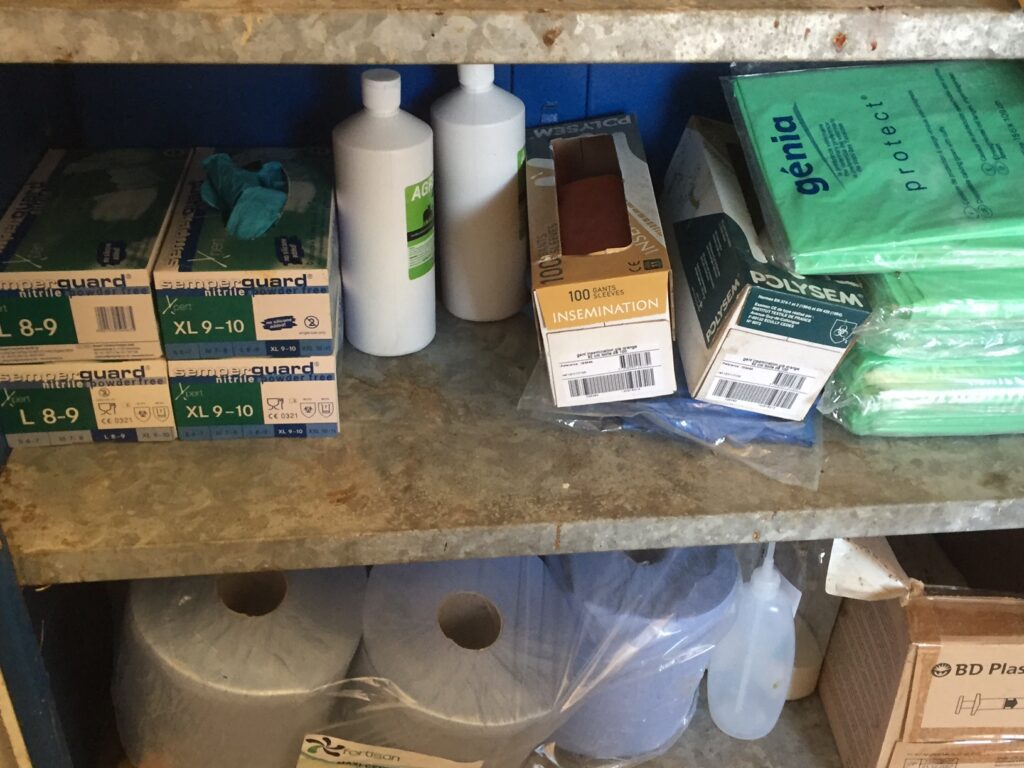Industry statistics suggest keeping lambs alive as soon as they are born is no easy feat.
Almost 50% of total lamb losses occur in the first 48 hours of life, with a further 11% coming to an early demise two-to-14 days post-lambing.
So how can you improve lamb survival rates in your flock?
Hygiene around lambing
Millions of lambs are still lost around lambing time and it’s been estimated as many as one in five may well have died because of an unhygienic environment.
However, maintaining good hygiene should not be that difficult and is the foundation of any lambing season plan.
Make sure your lambing pens are thoroughly cleaned before the ewes come inside to lamb using an approved disinfectant.
Once the pen has dried out, bed it up with plenty of clean, dry bedding ready for the new occupants.
Good hygiene is also vital during lambing, so it’s well worth wearing disposable, close-fitting protective gloves when lambing any ewes that need assistance.
Avoid lambing ewes in small pens, to keep bedding as clean and dry as possible.
Any obvious wet straw and afterbirth should be cleaned out and fresh, clean straw provided between ewes, to reduce mismothering and disease issues.
Putting lime in the bottom of pens can also keep them dry and minimise potential disease problems.
Avoiding lamb illnesses
With good hygiene, diseases such as navel ill, joint ill and E.coli diarrhoea can potentially be avoided, because maintaining a clean lambing environment minimises the chances of picking up bacterial infections from dirty conditions.
Treating lambs’ navels with iodine will also help prevent undesirable bacteria getting into the lamb.
The ability to survive is largely dependent on the response of the lamb to the environment into which it is born.
Lambs are born wet, often into cold or wet conditions and with limited energy reserves.
High energy levels are needed to maintain body temperature, and these must be supplied by efficient metabolism of their brown fat and by the ability of the lamb to stand and suckle to obtain milk.
Any lambs that do not feed within the first few hours after birth will soon run out of energy reserves to keep warm, and will die rapidly if there is no intervention; no matter what environment they are born into.
Hypothermia and starvation are the two principal causes of early lamb mortality.
To maintain its body temperature the newborn lamb must produce as much heat as it is losing to the environment. If the lamb cannot do this, its body temperature will start to fall.
Hypothermia (chilling) is a condition where the lamb’s body temperature drops below that required for normal metabolism and body function (below 38.5°C).
If not remedied, it can lead to death.
In newborn lambs hypothermia usually results from exposure. In lambs over 24-hours-old hypothermia is usually a result of starvation.
If a lamb is hypothermic try and warm it up before giving it food. First dry it with a towel and then put it in a warming box with warm air fans set at 35-37°C (avoid infra-red lamps because lambs can overheat under these).
Keep an eye on the hypothermic lamb and, once its body temperature reaches 37°C, take it out of the box and feed it milk via a stomach tube.
If the hypothermia is severe lambs can often be resuscitated with a glucose solution – ask your vet for advice, if necessary.
Starvation can be caused by many factors such as an inadequate intake of colostrum, rejection by the ewe, mastitis, inadequate milk production, injury or illness and/or a difficult birth.
Careful and regular shepherding is crucial to ensure that lambs have received adequate food and to spot any lambs in difficulty early and treat them as needed.
Any surplus lambs that can’t be reared naturally should be fed Lamlac after an adequate intake of good quality colostrum.
Lamlac remains the number one ewe milk replacer, simply because it keeps meeting modern sheep producer needs.
For more information Click here
Improving lamb survival rates
Hypothermia in lambs
Starvation in lambs
Why Volac Lamlac




